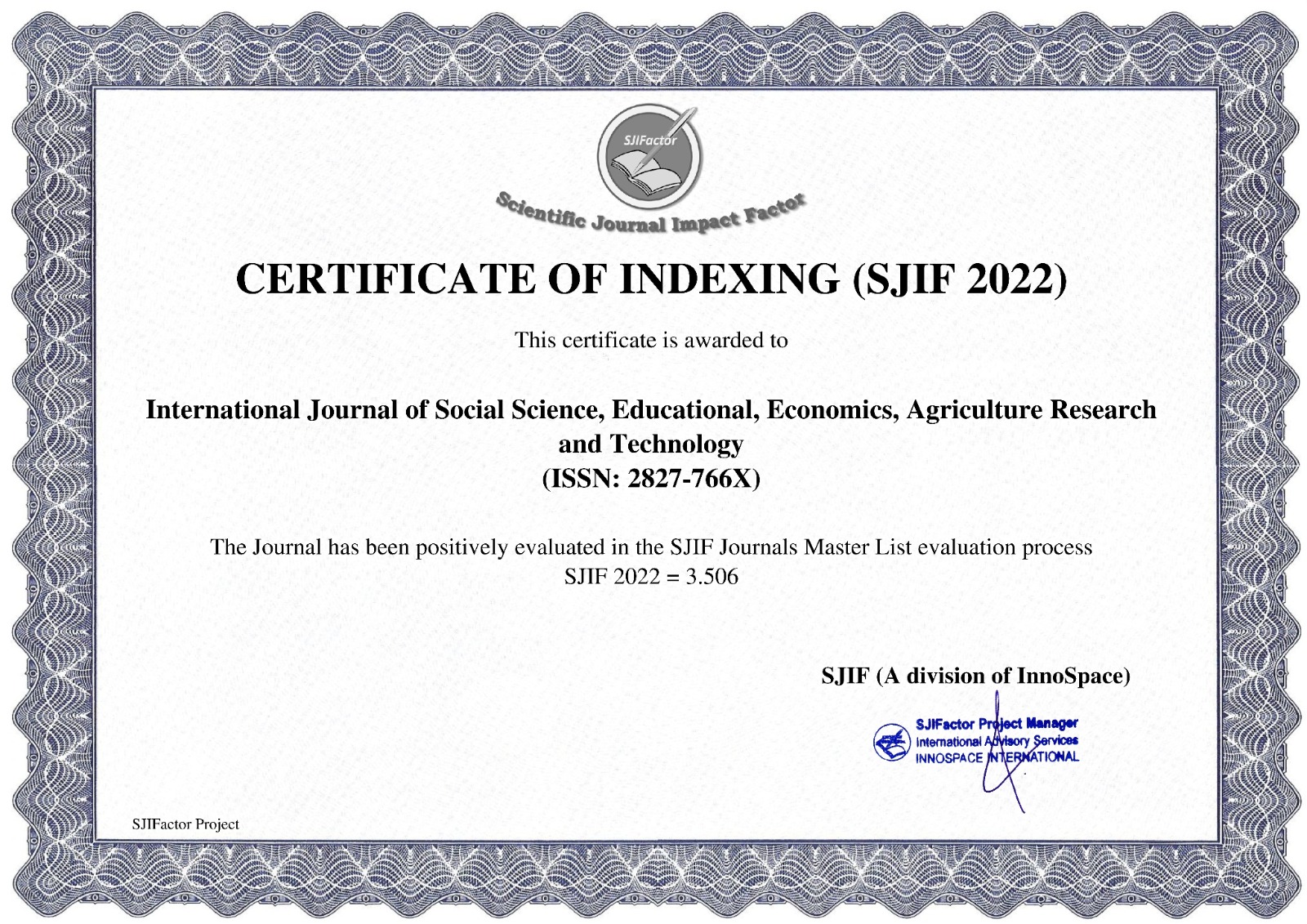SIMULATION OF THE EFFECT OF DEE RADIUS ON THE KINETIC ENERGY OF A CYCLOTRON ACCELERATOR USING PYTHON PROGRAMMING AS A STUDY OF PROTON THERAPY
Main Article Content
Muhammad Za’im
Cindy Salsadila
Cancer is a dangerous disease and one of the leading causes of death worldwide. One of the treatments for cancer is radiotherapy. Proton radiotherapy has been widely developed due to its advantage of reducing damage to healthy tissue surrounding the cancer. The source of proton radiotherapy comes from an accelerator, and currently, the most commonly developed type is the cyclotron. This study aims to simulate and analyze the effect of the dee radius on the kinetic energy produced by the cyclotron. The research was conducted using an in silico method with the Python programming language. Based on the simulation results, the kinetic energy produced by the cyclotron for dees radii of 0.2 m, 0.25 m, 0.3 m, 0.35 m, and 0.4 m are 1.644 MeV, 2.639 MeV, 3.941 MeV, 5.462 MeV, and 7.246 MeV, respectively. Therefore, the larger the dee radius used, the greater the kinetic energy of the proton produced. This occurs because a larger dee radius allows the proton to pass through the gap between the dees more frequently. When the proton crosses the gap between the dees, its velocity increases due to acceleration caused by the potential difference between the two dees, resulting in higher kinetic energy.
Das, B. K. (2015). Basic Principles of Cyclotron and Production of Positron-Emitting Isotopes. In Positron Emission Tomography (pp. 175–180). Springer India. https://doi.org/10.1007/978-81-322-2098-5_19.
Dewi, R. A., Taji, S., Wardani, K., & Suharyana, D. (2023). Analisis Distribusi Dosis Proton pada Terapi Proton untuk Kanker Glioblastoma menggunakan Software MCNP6. Jurnal Fisika, 13(1), 40–50. https://doi.org/https://doi.org/10.15294/jf.v13i1.46917.
Dewi, S, W. (2010). Simulasi Lintasan Partikel Bermuatan (Proton) di dalam Cyclotron [Universitas Islam Negeri Sunan Kalijaga]. http://digilib.uinsuka.ac.id/id/eprint/5157.
Fitriatuzzakiyyah, N., Sinuraya, R. K., & Puspitasari, I. M. (2017). Terapi kanker dengan radiasi: konsep dasar radioterapi dan perkembangannya di Indonesia. Jurnal Farmasi Klinik Indonesia, 6(4), 311–320. https://doi.org/10.15416/ijcp.2017.6.4.311.
Halliday, D., Walker, J., & Resnick, R. (2014). Fundamental of Physics (Wiley & Sons, Eds.; 10th Edition).
Hazem, R. (2023). Interaction of proton beam with human tissues in proton therapy. In Proton Therapy - Scientific Questions and Future Direction. IntechOpen. https://doi.org/10.5772/intechopen.1003186.
IARC. (2024). Statistics at a glance, 2022 Top 5 most frequent cancers Number of new cases 408 661 Number of deaths 242 988 Number of prevalent cases (5-year). https://gco.iarc.who.int/media/globocan/factsheets/populations/360-indonesia-fact-sheet.pdf, Accessed on September 18, 2024, at 11:40 PM.
Irawan, D., Ellawati, Ulum, S. R., & Viratama, I. P. (2024). Struktur Atom. Sindoro: Cendikia Pendidikan, 3(1), 41–55. https://doi.org/10.9644/scp.v1i1.332.
Maharani, S., & Suprapto, E. (2018). Analisis Numerik Berbasis Group Investigation untuk Meningkatkan Kemampuan Berpikir Kritis.
Mayles, P., Nahum, A., Rosenwald, J. C. (2007). Handbook of Radiotherapy Phisics Theory and Practice. United State of America: Taylor & Francis Group.
Otto, T. (2021). Particle Acceleration and Detection Safety for Particle Accelerators. https://doi.org/https://doi.org/10.1007/978-3-030-57031-6_2.
Pichaivel, M., Anbumani, G., Theivendren, P., & Gopal, M. (2022). An Overview of Brain Tumor. in Brain Tumors. India: IntechOpen, pp. 1–31.
Powers, C., Kaya, E., Bertinetti, A., & Hung, A. (2024). The current state of proton radiotherapy. Current Problems in Cancer, 53. https://doi.org/10.1016/j.currproblcancer.2024.101153
PTCOG. (2024). Particle therapy facilities in a planning stage. https://www.ptcog.site/index.php/facilities-in-planning-stage, Accessed on September 18, 2024, at 09.30 PM
Rochette, L., Zeller, M., Cottin, Y., & Vergely, C. (2021). Antitumor activity of protons and molecular hydrogen: Underlying mechanisms. Cancers, 13(4), 1–11. https://doi.org/10.3390/cancers13040893.
Sulistya, E., Kusminarto, Hermanto, A. (2014). Numerical Equation for the Mass Stopping Power of Proton in Human Body Subtances. International Conference on Physics (ICP 2014).
Surbakti, N. M., Angelyca Angelyca, Anita Talia, Cecilia Br Perangin-Angin, Dina Olivia Nainggolan, Nia Devi Friskauly, & Sikap Ruth Br Tumorang. (2024). Penggunaan Bahasa Pemrograman Python dalam Pembelajaran Kalkulus Fungsi Dua Variabel. Algoritma: Jurnal Matematika, Ilmu Pengetahuan Alam, Kebumian Dan Angkasa, 2(3), 98–107. https://doi.org/10.62383/algoritma.v2i3.67.






















